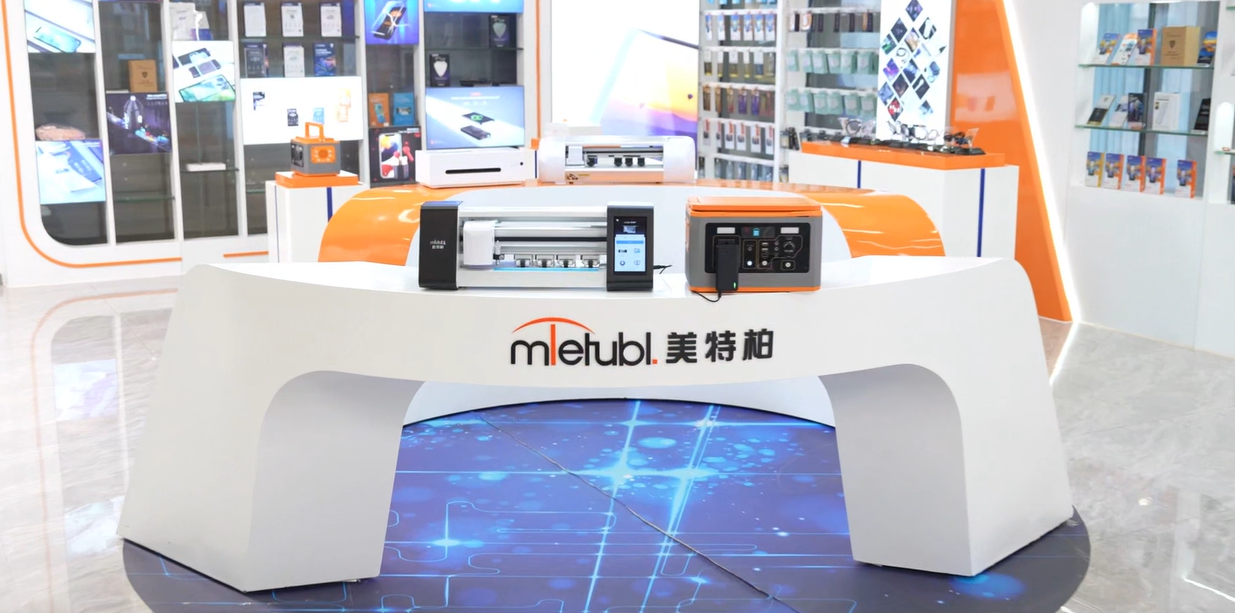
MIETUBL Brand Overview
MIETUBL is a brand originating from China and thriving through China’s intelligent manufacturing. It is committed to providing high-quality mobile accessories and related products to global consumers. Since its inception in 1998, the brand has followed the trends of the times, focusing on resource integration and building a symbiotic and shared industry ecosystem, enabling global consumers to conveniently access quality products that enhance their lives.
By continuously innovating and diversifying its product offerings, MIETUBL has achieved significant success in the mobile accessory industry. As a brand driven by customer value and innovation, MIETUBL has expanded into various product applications while accumulating rich industry experience and establishing a stable customer base. Headquartered in Zengcheng, Guangzhou, the company has strategically positioned itself within the mobile accessory industry, integrating high-quality production resources and aiming for a win-win business model.
Core Values and Development Vision:
-
Customer-Centric: MIETUBL always prioritizes customer needs, continually enhancing product quality and consumer experience through innovation and technological research and development.
-
Resource Integration and Industry Symbiosis: By integrating industry resources, MIETUBL creates a symbiotic, shared industry ecosystem, connecting global distributors and consumers, and promoting mutual growth across the value chain.
-
Global Vision: MIETUBL is committed to bringing Chinese manufacturing to the world, providing global consumers with high-quality, innovative mobile accessories, while offering profitable opportunities for distributors.
MIETUBL’s long-term vision is to continually enhance its products through innovation and quality, establishing “MIETUBL” as a globally trusted brand, recognized in markets around the world.
PRODUCTS
When Should You Avoid Using 9H Tempered Glass on Your Device?
Compatibility Issues with Certain Devices
Not all devices are created equal, and this includes their screen curvature and sensitivity. While many modern smartphones and tablets boast relatively flat screens compatible with tempered glass, some feature significantly curved edges. Applying a tempered glass protector to a highly curved screen can result in lifting at the edges, causing bubbles or even complete detachment. This is because the rigid glass struggles to conform to the screen's curves, leaving gaps that compromise protection and aesthetics. Furthermore, the adhesive might not adhere properly, leading to premature failure.
Another compatibility issue arises with devices featuring in-screen fingerprint sensors or other touch-sensitive elements embedded within the display. The thickness of the tempered glass, while beneficial for impact resistance, can sometimes interfere with the sensor's functionality. This can lead to inaccurate readings or a complete inability to unlock your device using your fingerprint. This issue is particularly prevalent in newer models with advanced in-screen technology.
Impact on Screen Sensitivity and Responsiveness
While a tempered glass protector adds an extra layer of protection, it also adds an extra layer between your finger and the screen. This can sometimes negatively impact touch sensitivity and responsiveness. The difference might be subtle, but for users accustomed to a highly responsive screen, the slight lag introduced by the added layer can be noticeable and frustrating. This is especially true for those who play fast-paced games or rely on precise touch inputs for their work.
Furthermore, the added thickness can affect the overall feel of the screen. Some users find the slightly muffled response less satisfying compared to the direct contact of their finger on the original screen. This is a subjective aspect, but it's a crucial factor to consider when choosing between a tempered glass protector and other alternatives, such as a flexible plastic film.
Potential for Damage During Installation
The application of a tempered glass screen protector requires precision and patience. A misplaced protector, or even a tiny dust particle trapped beneath it, can ruin the installation and leave you with bubbles or unsightly imperfections. The risk of damaging the screen during the installation process is also present, especially for beginners. Improper alignment or excessive pressure can lead to cracks in the protector itself or even worse, damage to the underlying screen.
The possibility of accidental damage during installation highlights the importance of considering the complexity of the installation process. If you lack confidence in your ability to install a tempered glass screen protector cleanly and perfectly, opting for a simpler, easier-to-apply alternative might be a wiser choice. This helps avoid frustration and the potential for wasted materials or even screen damage.
Alternatives to Consider
If you've identified your device or your usage habits as falling into any of the categories where tempered glass might be problematic, there are alternative screen protection options available. Flexible plastic films are a popular choice; they offer good scratch protection, are easy to apply, and generally don't interfere with screen sensitivity or functionality. Another option is a liquid screen protector, which offers a virtually invisible layer of protection.
Ultimately, the best screen protector for your device depends on a variety of factors, including the device itself, your personal preferences, and your budget. Weighing the benefits and drawbacks of tempered glass against alternatives is crucial for making an informed decision that prioritizes both protection and usability.
SUBSCRIBE
INQUIRY